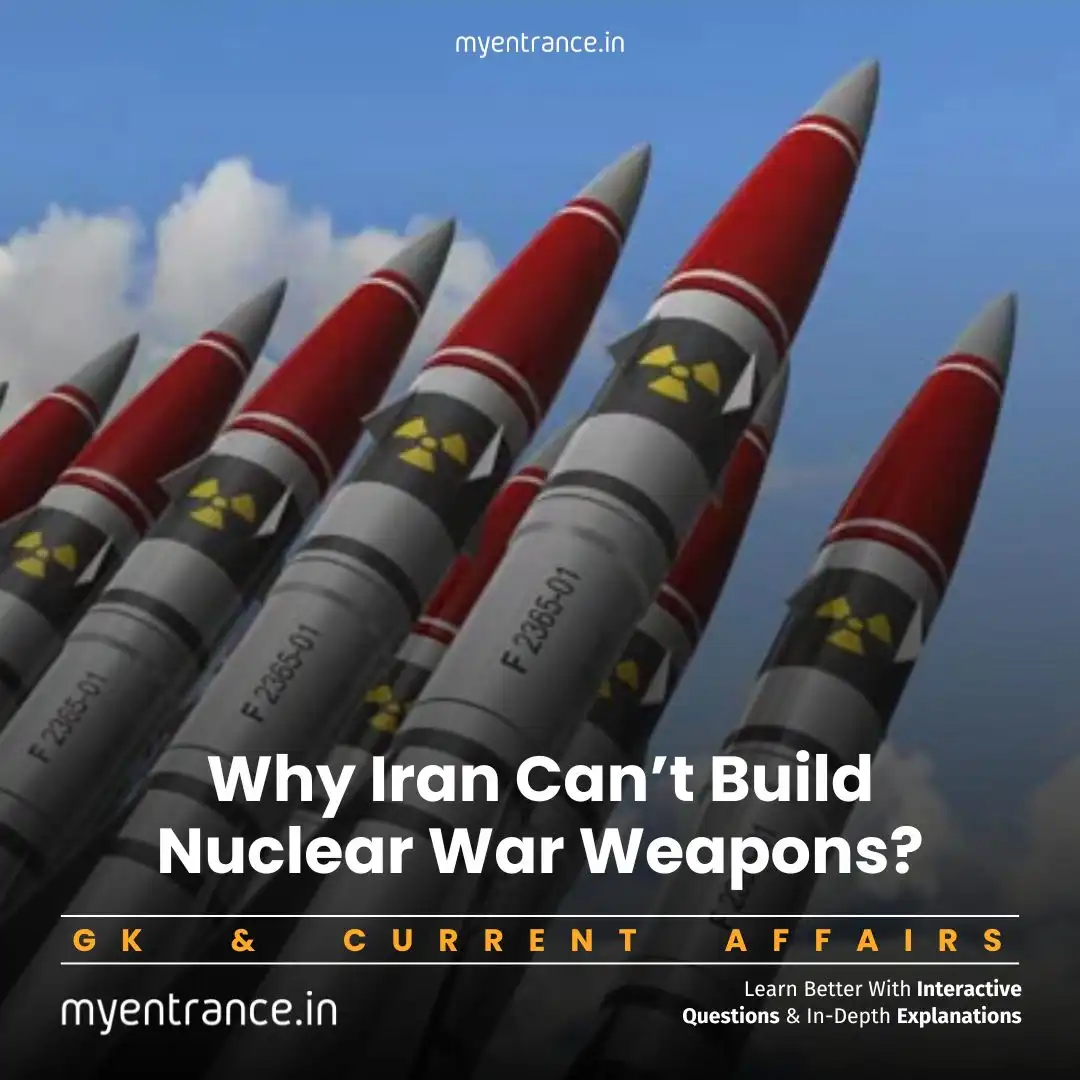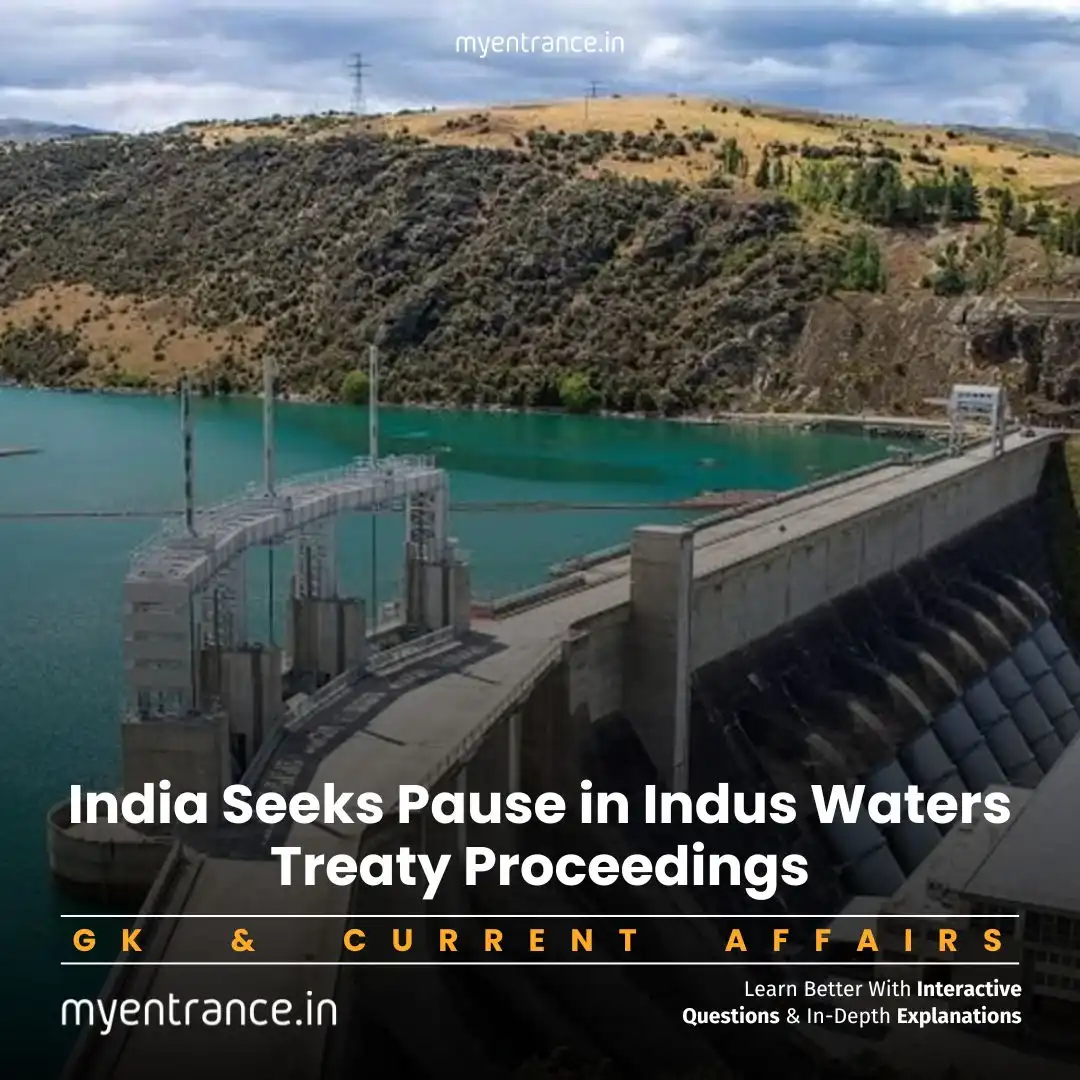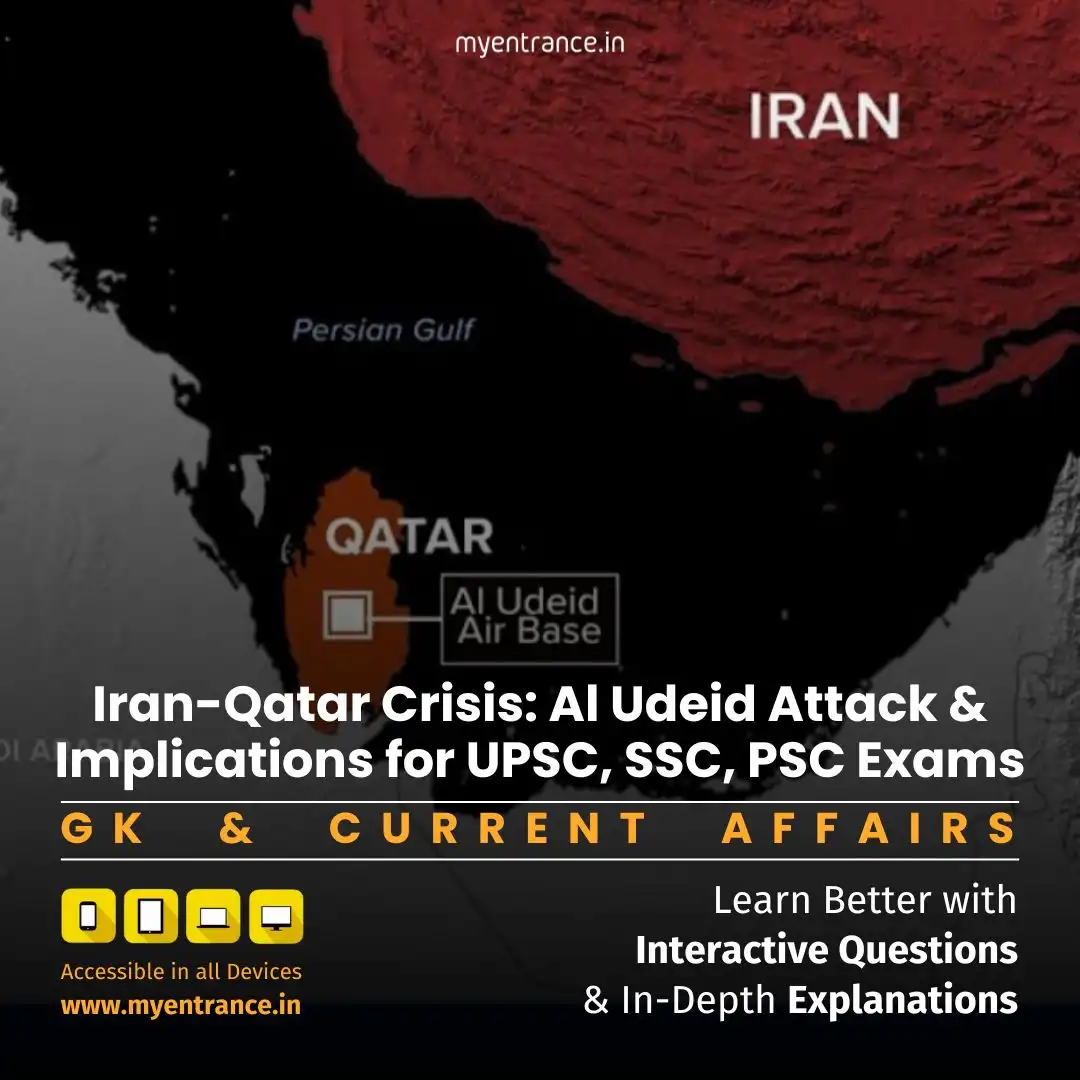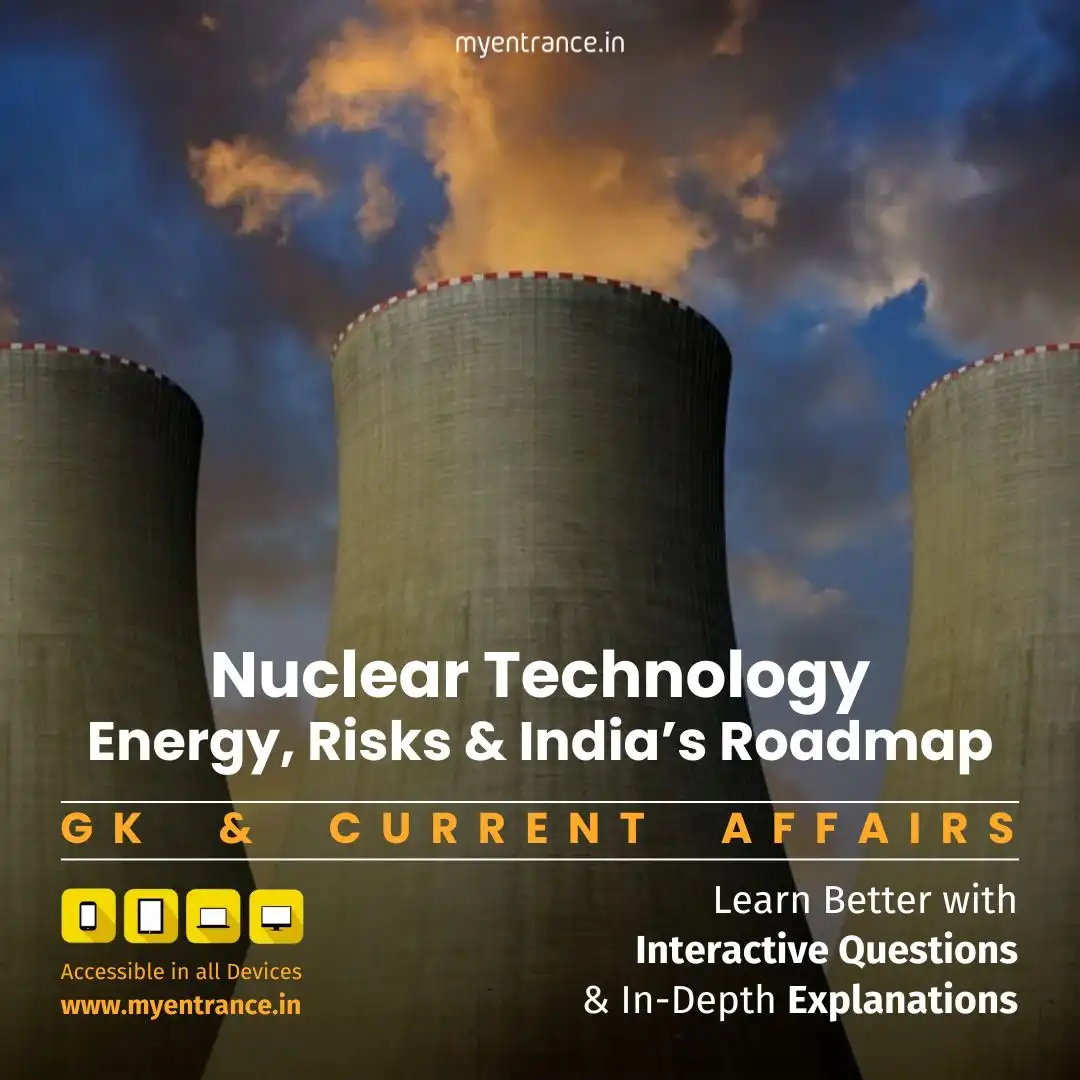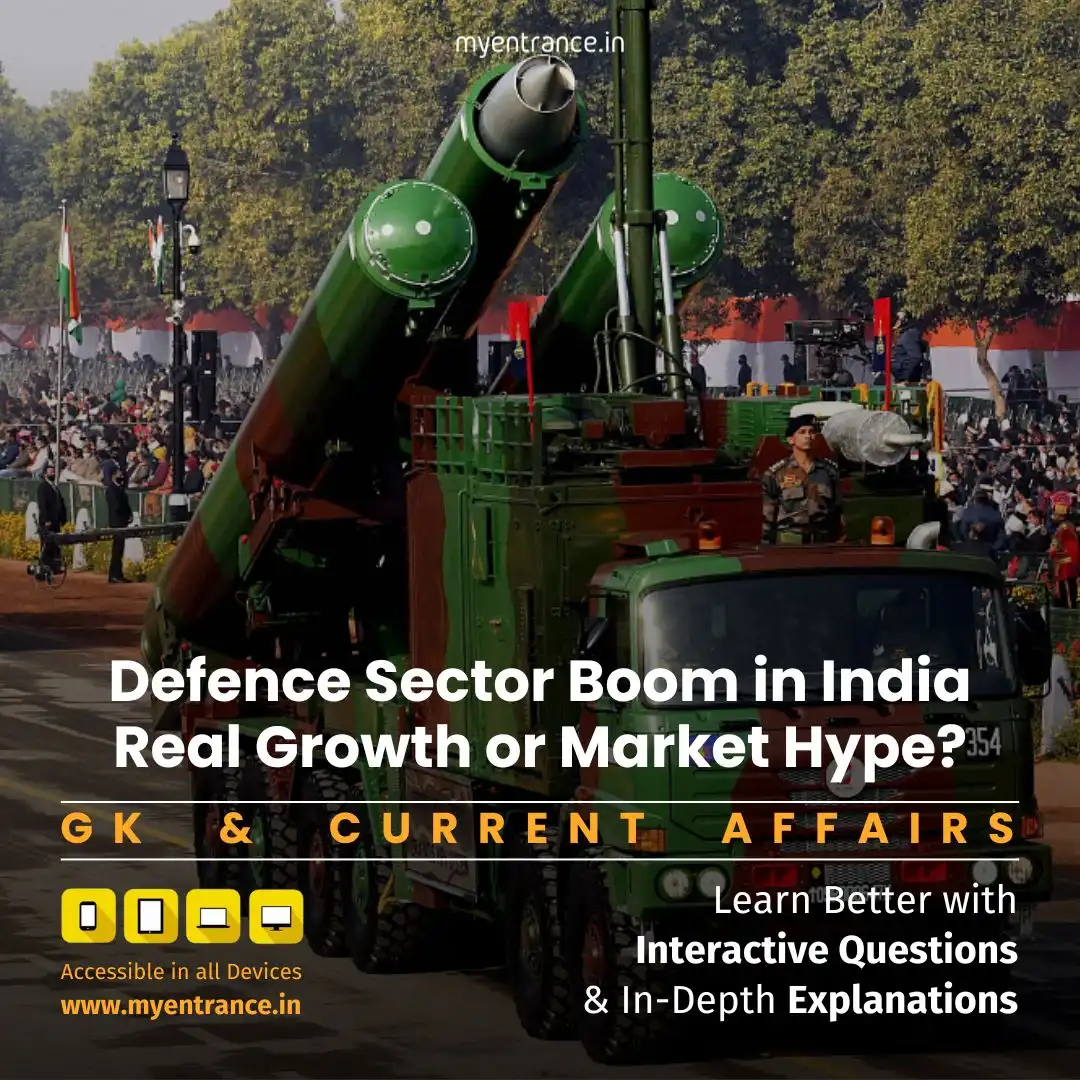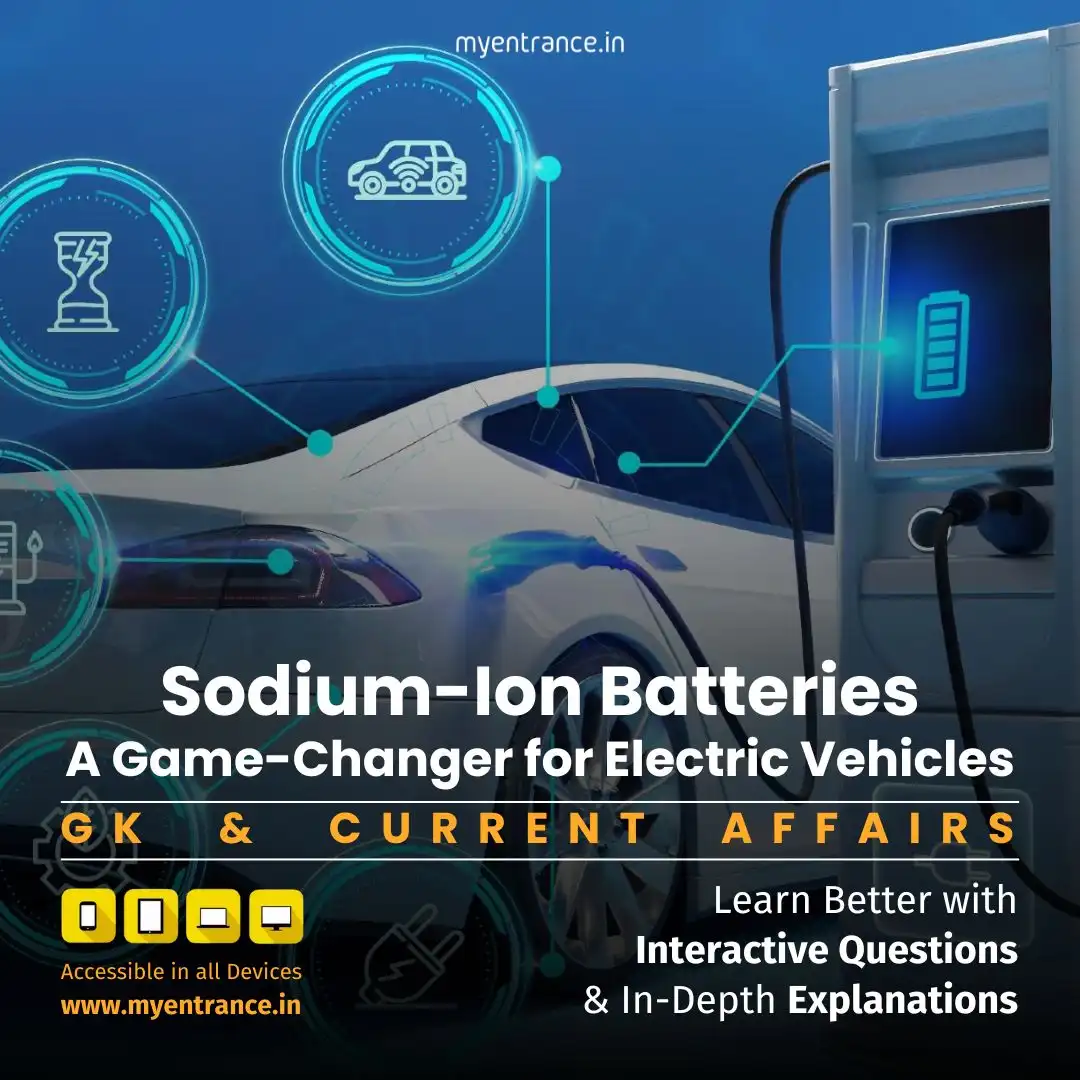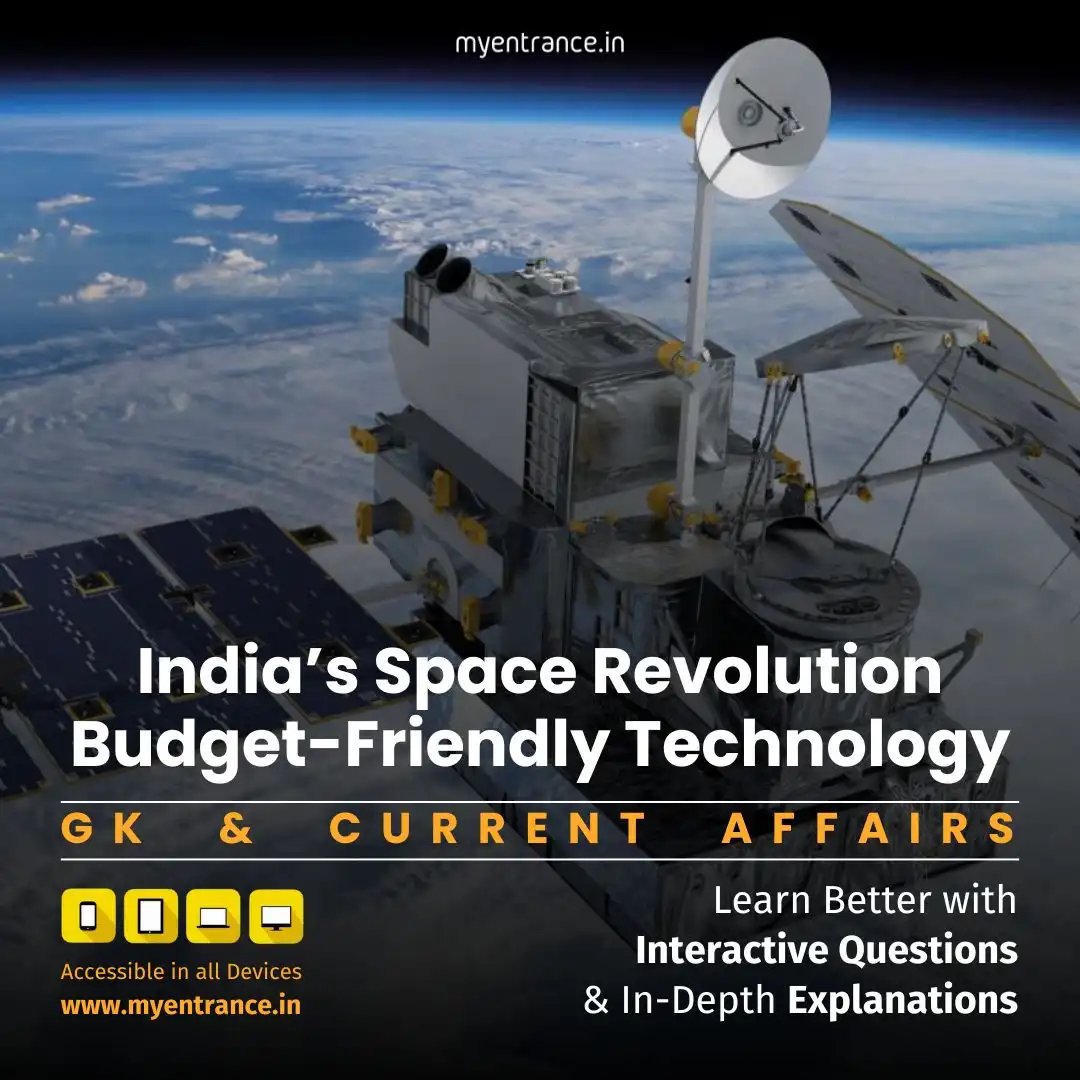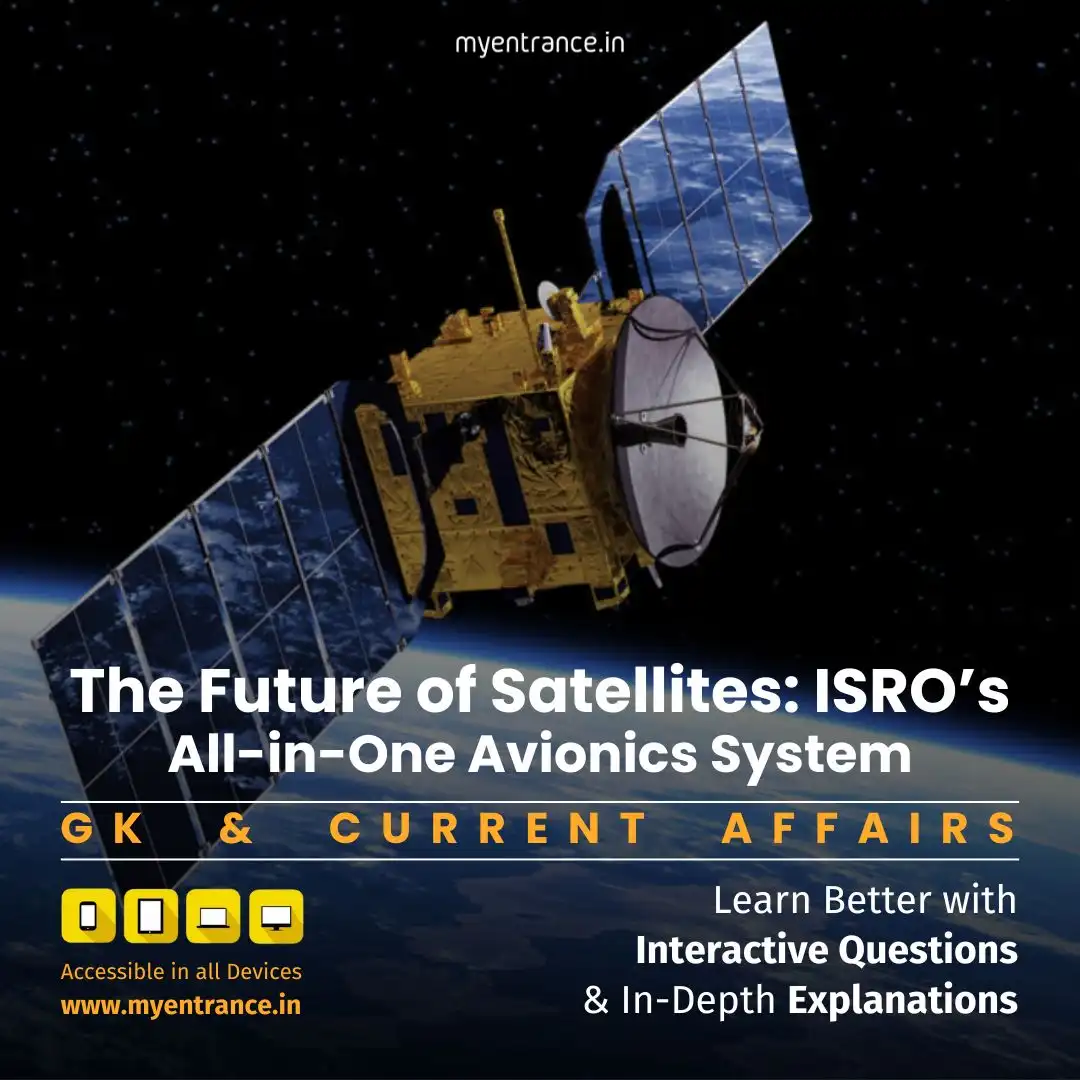Select Language
India’s Energy Security in Focus: Reducing Hormuz Reliance Amid Middle East Tensions
Rising Iran-Israel conflict and Tehran’s threat to block the Strait of Hormuz are pushing India to rapidly diversify oil imports away from West Asia. This strategic pivot toward Russia, Africa, and the Americas reshapes India’s energy security landscape.
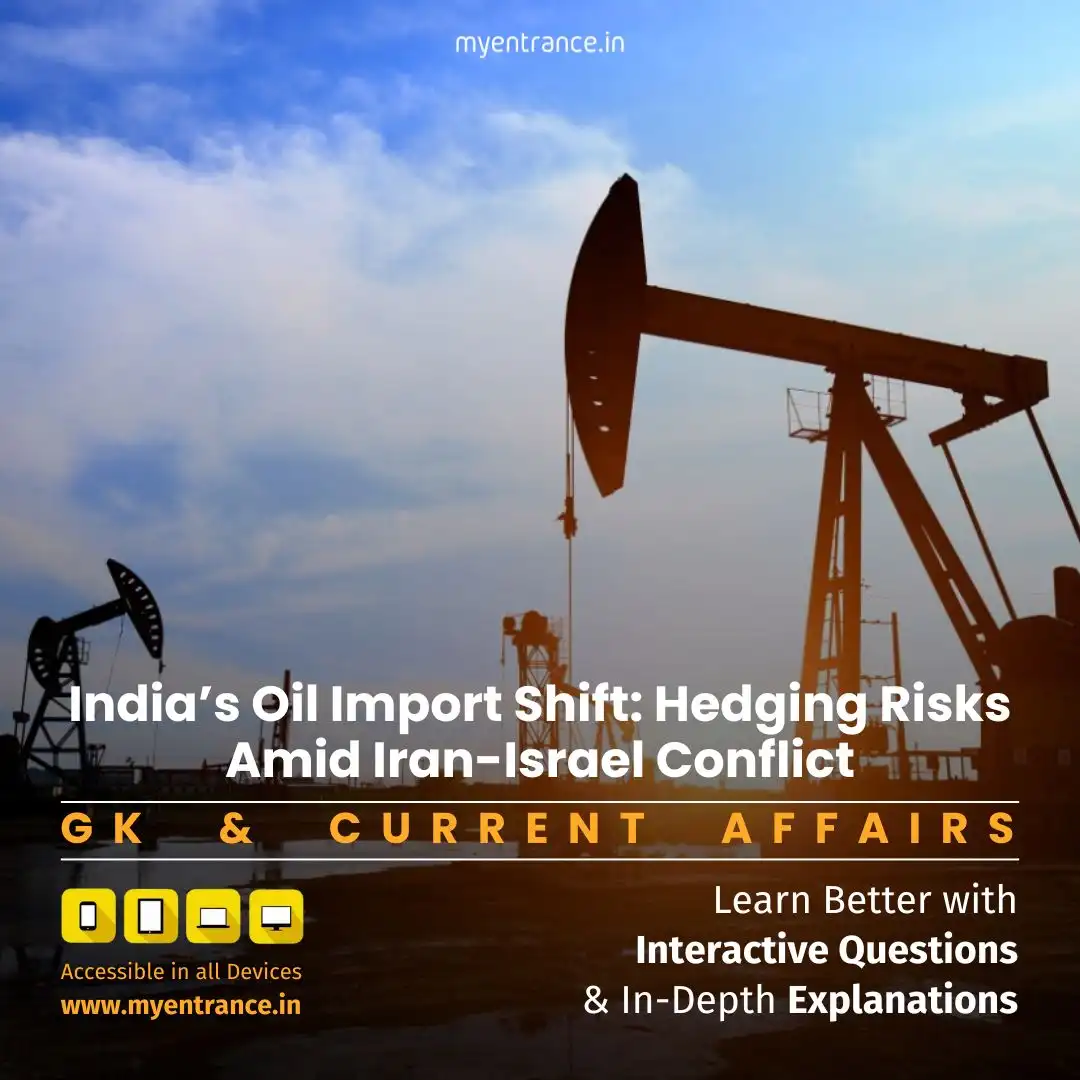
The Strait of Hormuz: Why It Matters to India
The narrow Strait of Hormuz, wedged between Iran and Oman, is the world’s most critical oil chokepoint. It handles 21 million barrels of oil daily – over 20% of global consumption and 45% of India’s crude imports. If blocked, oil prices would skyrocket, battering India’s economy given its 85% import dependency and status as the third-largest oil consumer.
Conflict Triggers a Strategic Shift
Iran’s threat to close the strait after US airstrikes (though historically unexecuted) forces India to hedge risks. Industry data reveals:
Russian oil now dominates (41% of June imports, ~2.2 million bpd).
African, US, and Latin American imports are rising sequentially.
West Asian flows (Iraq, Saudi Arabia, UAE) remain stable but vulnerable.
Why Diversification is Non-Negotiable
Geopolitical Safety Net:
Russian oil bypasses Hormuz via the Suez Canal or Cape of Good Hope. African/US crude uses Atlantic routes.
Price Stability:
Discounted Russian crude ($10–15/barrel cheaper) eases fiscal pressure but risks over-reliance amid sanctions.
Energy Security:
Reducing Hormuz-dependence mitigates supply shocks during conflicts.
Trade-offs and Challenges
Environmental Costs: Longer shipping routes increase emissions, conflicting with net-zero goals.
Russian Reliance Risks: Sanctions evasion scrutiny could disrupt supply chains.
Infrastructure Limits: Processing diverse crude grades requires refinery flexibility.
Mitigation Strategies for India
Boost Strategic Reserves: Expand beyond 39 million barrels to cover 90+ days of demand.
Invest in Alternate Corridors: Chabahar Port (Iran) and International North-South Corridor (INSTC) reduce Hormuz reliance.
Accelerate Green Transition: Scale solar/hydrogen to cut long-term oil dependence.
Key Insight: India’s oil strategy now mirrors its foreign policy – multi-aligned, pragmatic, and resilient.
Sample Q&A (UPSC-Focused):
Q1: Why is the Strait of Hormuz a critical chokepoint for India?
*A: It handles 45% of India’s oil imports. Closure would disrupt 85% of India’s crude supply, spike prices, and threaten energy security for the world’s third-largest oil consumer.*
Q2: How does Russian oil help India reduce Hormuz risks?
*A: Russian crude reaches India via Suez/Cape routes, bypassing Hormuz. It now supplies 41% of India’s imports, acting as a geopolitical hedge.*
Q3: What are the downsides of India’s rising Russian oil imports?
A: Over-reliance risks sanctions fallout, quality inconsistencies, and longer shipping routes increasing emissions – conflicting with climate goals.
Q4: How could a Hormuz blockade impact India’s economy?
A: Fuel price surges would widen CAD, spike inflation, strain forex reserves, and disrupt transport/logistics sectors.
Q5: What long-term steps can enhance India’s energy security?
A: Expand strategic oil reserves, diversify suppliers (Africa/Latin America), invest in renewables, and develop alternate trade corridors like Chabahar Port.
Most Predicted Questions
Comprehensive study materials, Expert-guided tips & tricks, Mock tests and instant results.
Start your SSC, NIFT, NID, FDDI, PSC journey today with MyEntrance, your ultimate online coaching platform.






